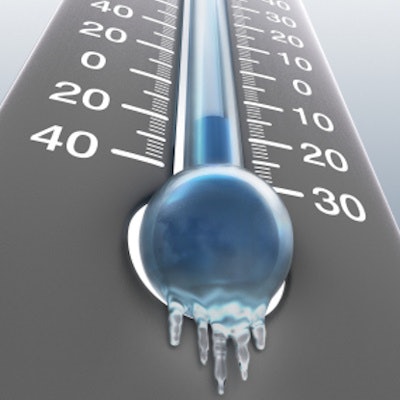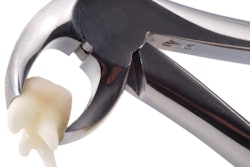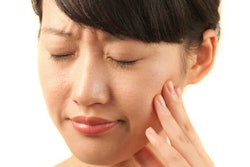
Can cold therapy help patients after third-molar surgery? The results of a recent scientific review are mixed. While cold may be helpful for managing swelling, its other benefits are questionable.
Researchers from Brazil parsed almost a dozen studies conducted over decades to evaluate whether cold therapy has an impact on pain, swelling, and trismus following third-molar extractions. Their findings were published in the International Archives of Otorhinolaryngology (March 13, 2019).
"Cryotherapy applied on the first day after mandibular third-molar removal can manage edema in the patients," wrote the authors, led by Ighor Andrade Fernandes, DDS, a researcher and doctoral student from the department of oral and maxillofacial surgery at the Federal University of Vales do Jequintinhonha e Mucuri in Teófilo Otoni, Brazil. "Well-designed randomized clinical trials to test the efficacy of cryotherapy after surgical removal of third molars are needed to justify its indication."
Questionable evidence
Oral surgeons routinely perform third-molar extractions, which often result in pain, swelling, and trismus for patients. Previous studies have evaluated whether cold can minimize these side effects, and the researchers from Brazil sought to summarize these findings in a new review.
They searched the scientific literature for clinical trials on the use of cold therapy for pain, trismus, and/or edema following third-molar surgery. They found 11 studies, all of which were published between 1971 and 2016, that met their inclusion criteria.
“The available scientific data are still limited to support the real efficacy of this therapy.”
The results of the 11 studies were mixed, with some suggesting cold could reduce swelling, trismus, and pain, while others found cold was not significantly effective. In addition, the risk of bias among the included studies was high.
The researchers also conducted a meta-analysis for swelling and trismus using a smaller subgroup of four studies with similar methodologies. These findings showed that cold therapy effectively reduced swelling two days after surgery, but the results were no longer significant seven days after surgery. Furthermore, the group found cold therapy showed no significant improvements for trismus.
"Cold therapy is constantly used as primary care after facial injuries," the authors wrote. "Although it is widespread, the available scientific data are still limited to support the real efficacy of this therapy."
Call for more research
There is a lack of high-quality randomized clinical trials on the effectiveness of cold therapy following mandibular third-molar extractions, the authors noted. For instance, many studies did not use standard scales and methodologies, such as the visual analog scale for pain or 3D evaluation for swelling, and many researchers did not follow up with patients to verify that they were correctly following the prescribed cold therapy regimen. The studies also used a variety of cold compresses and other techniques, which may have influenced the significance of the results.
The authors concluded that cold therapy can improve short-term swelling but is ineffective for trismus. They hope future, well-designed studies will add to this body of knowledge, particularly because not enough data were available for the researchers to evaluate the use of cold for pain.
"Cryotherapy, when applied in the early postoperative period, can manage the edema in the first days after mandibular third-molar removal," the authors wrote. "Well-designed randomized clinical trials testing the use of cryotherapy after third molar surgeries are needed."



















